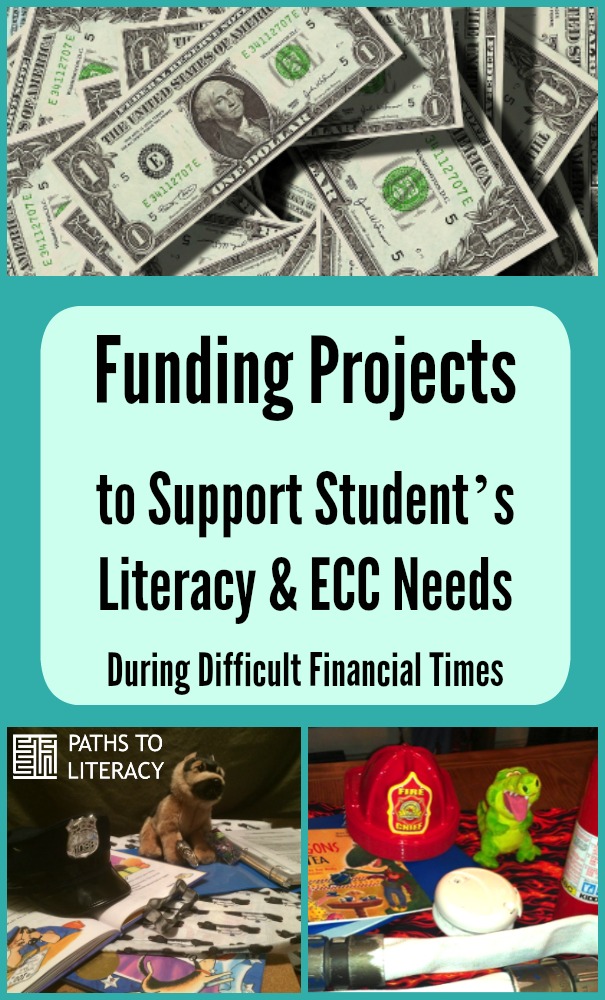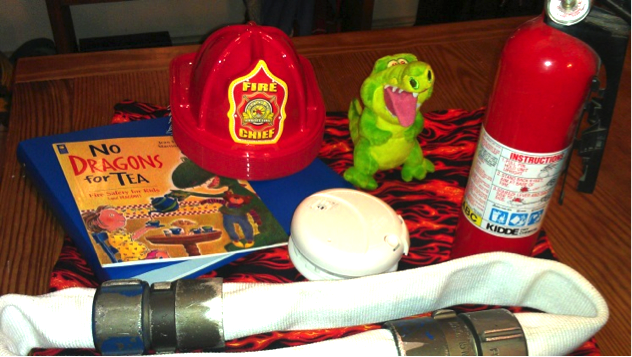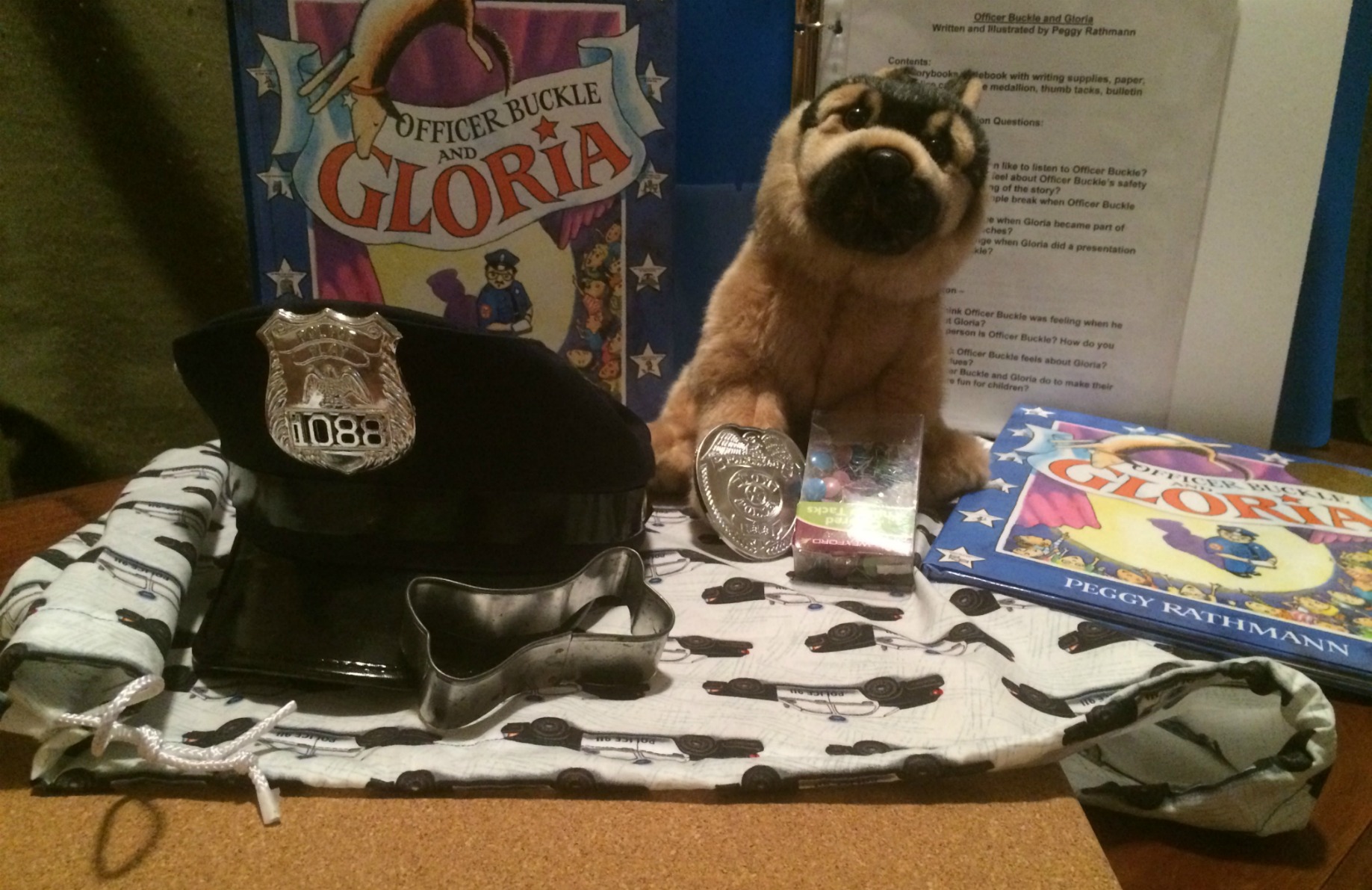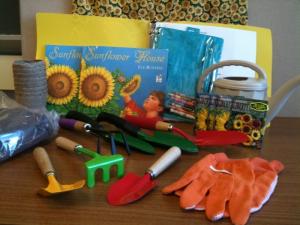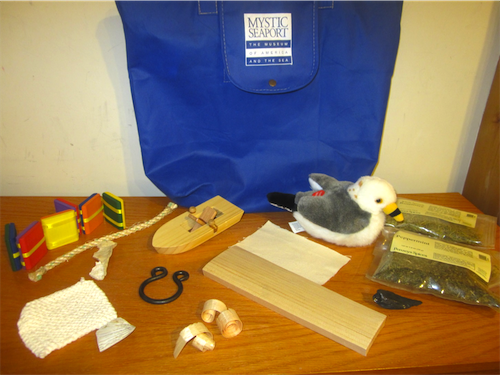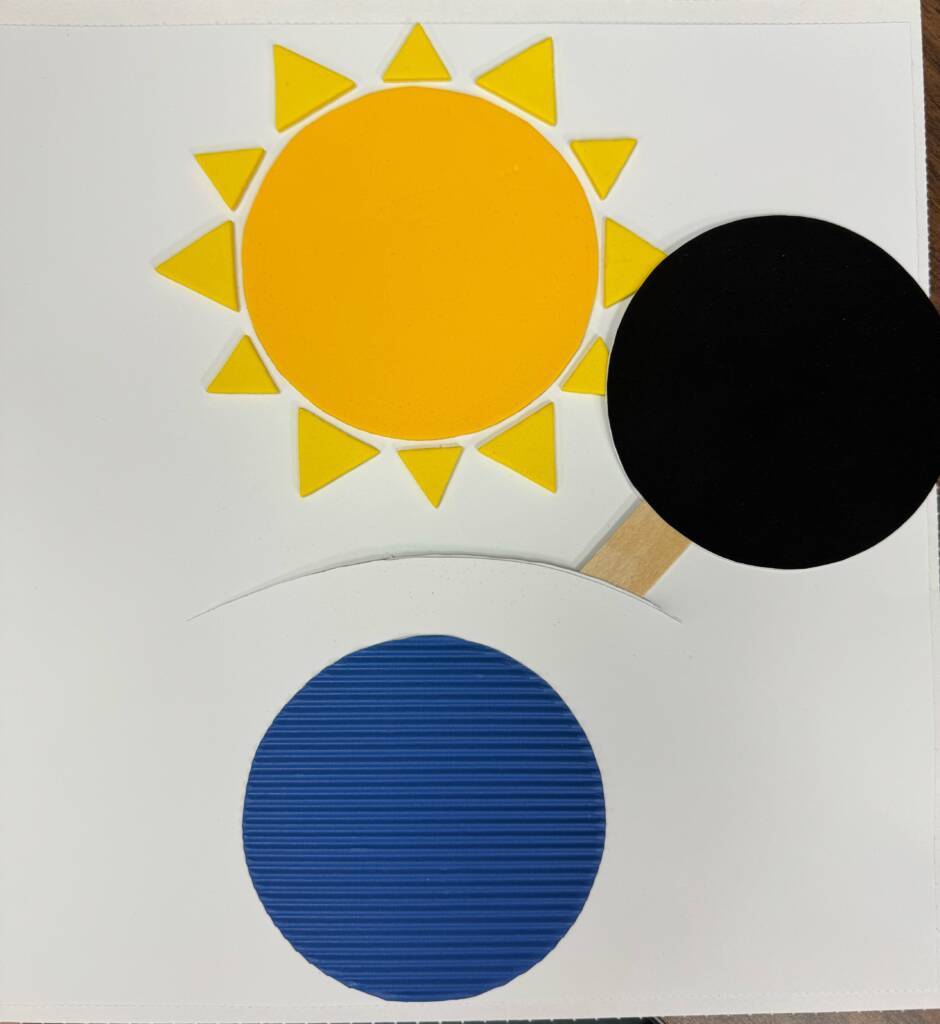One kit in particular that we created, a fire safety kit, has been in especially high demand. There has been a waiting list to borrow it at times and the feedback from teachers and families has been overwhelmingly positive. Given the important, lifesaving skills addressed in this kit, we decided to try to make more copies of this particular kit which could be distributed to different areas of our state in order to ensure that any child in our state could have ready access to this important teaching tool.
Here are some of the kits that we have created over the years:
- Fire Safety Kit
- Police Safety Kit
- Creating Literacy Skills Kits to Target the Expanded Core Curriculum
- Mystic Seaport StoryKit Project
Since we knew that funding our project might be challenging, we began to brainstorm ideas for financial support. We made many mistakes and encountered many dead ends, but we were ultimately successful in securing funding. Today ten of our fire safety kits have been assembled and distributed to fire departments across our state.
Following are some tips for those wishing to fund similar projects in a difficult financial climate, based on our experience with this project:
1. Get Educated!
 We researched and signed up for two grant-writing classes offered by our employer. The first class covered what sorts of resources are available at both local and national levels, where to search for funding and what to expect from the process. The second class literally took us step by step through the grant-writing process, giving us the wording and resources to complete a grant application immediately. These classes were offered by our state government, but you can find similar classes through community colleges and even through local continuing education programs.
We researched and signed up for two grant-writing classes offered by our employer. The first class covered what sorts of resources are available at both local and national levels, where to search for funding and what to expect from the process. The second class literally took us step by step through the grant-writing process, giving us the wording and resources to complete a grant application immediately. These classes were offered by our state government, but you can find similar classes through community colleges and even through local continuing education programs.
2. Do Your Research!
We spent a lot of time online exploring possible grants and funding sources and identifying which ones might be right for us. Some of the descriptions and applications were very clear-cut, while others required a lot of digging to determine their appropriateness for our project. We used a number of searches, including www.grants.gov , The Grantsmanship Center (www.tgci.com) and Community Foundation Locator (http://www.cof.org/community-foundation-locator. We actually found the grant which we were awarded by Googling “fire safety grants” and reading until we found one that looked like a fit.
3. Be Flexible!
We originally thought that we would assemble a kit for every town in our state, but the math for that meant we were asking for a lot of grant money. When a grant was awarded, but for significantly less than our original request, we re-evaluated our goal and figured out how we could use the money offered to reach the most children. We ended up contacting our state fire chief’s association and determining that one kit for each geographic region of the state could be easily shared between towns. With ten kits in circulation, we feel that we can reach the children who need access to tactual learning about fire safety without too many logistical issues for the firefighters serving our students. We were able to accomplish this with the grant money offered by staying flexible, listening to input from our fire chiefs, and re-imagining our project.
4. Document Everything!
 We learned so much through this process! We kept detailed notes from our grant-writing classes, which we hope to use again for future projects. We have lists of funding sources that range from a few hundred dollars locally (Did you know that each Home Depot manager nationwide has gift cards just for donating to good causes?) to giant philanthropic organizations that fund major projects around the world. We have shared our research with colleagues looking to fund projects and neighbors looking for donations for community activities.
We learned so much through this process! We kept detailed notes from our grant-writing classes, which we hope to use again for future projects. We have lists of funding sources that range from a few hundred dollars locally (Did you know that each Home Depot manager nationwide has gift cards just for donating to good causes?) to giant philanthropic organizations that fund major projects around the world. We have shared our research with colleagues looking to fund projects and neighbors looking for donations for community activities.
5. Have fun!
Okay – this is our most important piece of advice. We really loved working on this project! We loved creating the original kit and seeing the great reactions from our students. We enjoyed finding the necessary props in bulk and identifying the best prices. We loved working with the state fire chiefs, who were helpful and supportive of our project. Pick a literacy project that you love and believe in and the rest will happen!
Good luck!
